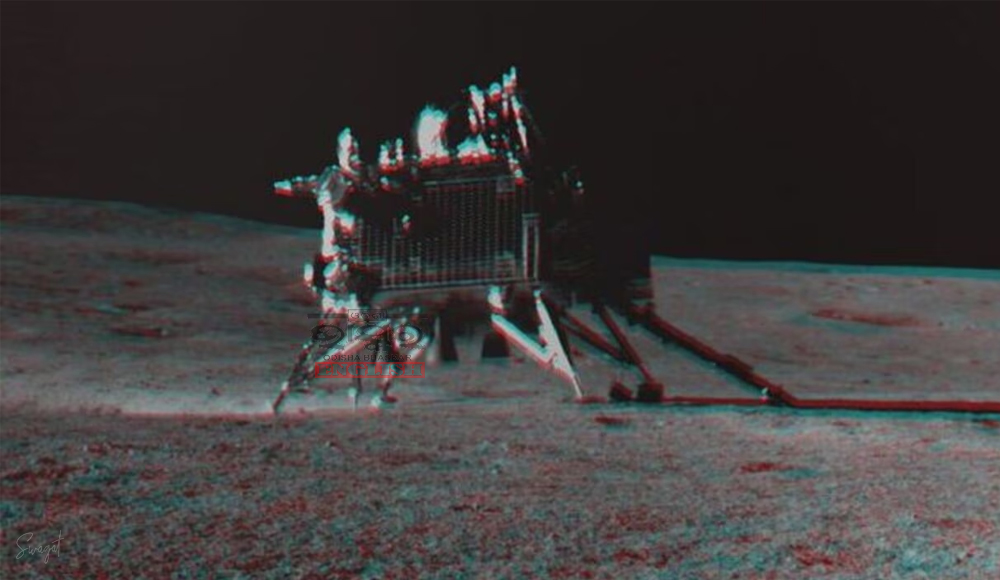Bengaluru: The Indian Space Research Organisation (ISRO) is facing a communication challenge with its Vikram lander and Pragyan rover, part of the Chandrayaan-3 mission. These lunar explorers, which landed in the uncharted lunar southern polar region on August 23 after a 40-day journey through space, have not responded to repeated attempts at communication.
After successfully completing all their intended tasks, the Vikram lander and Pragyan rover were put into sleep mode on September 2. The rover had covered over 100 meters on the lunar surface, confirming the presence of essential elements like sulphur, iron, and oxygen on the moon. However, ISRO has been unable to revive the system since then, despite optimism.
ISRO continues its efforts to reestablish contact with the lander and rover until the next lunar sunset scheduled for September 30. There’s hope that the sun’s rise on Shivshakti Point, where the equipment is stationed, might bring them back to life. Nevertheless, the timing of contact remains uncertain.
According to Nilesh M Desai, Director of the Space Applications Centre (SAC), the revival was expected to be automatic as the solar-powered lander and rover recharged during the lunar sunrise on September 22. However, no signals have been received thus far. The chances of revival stand at 50-50, dependent on whether the electronics survive the cold lunar temperatures.
If communication is reestablished, the lander and rover will resume their scientific experiments on the moon’s surface. Despite the current silence, the Chandrayaan-3 mission has already achieved historical significance as India’s first soft landing on the lunar South Polar Region, making substantial strides in lunar exploration.
As ISRO continues its efforts to revive these lunar ambassadors, the world awaits with anticipation for a successful reconnection.




Comments are closed.